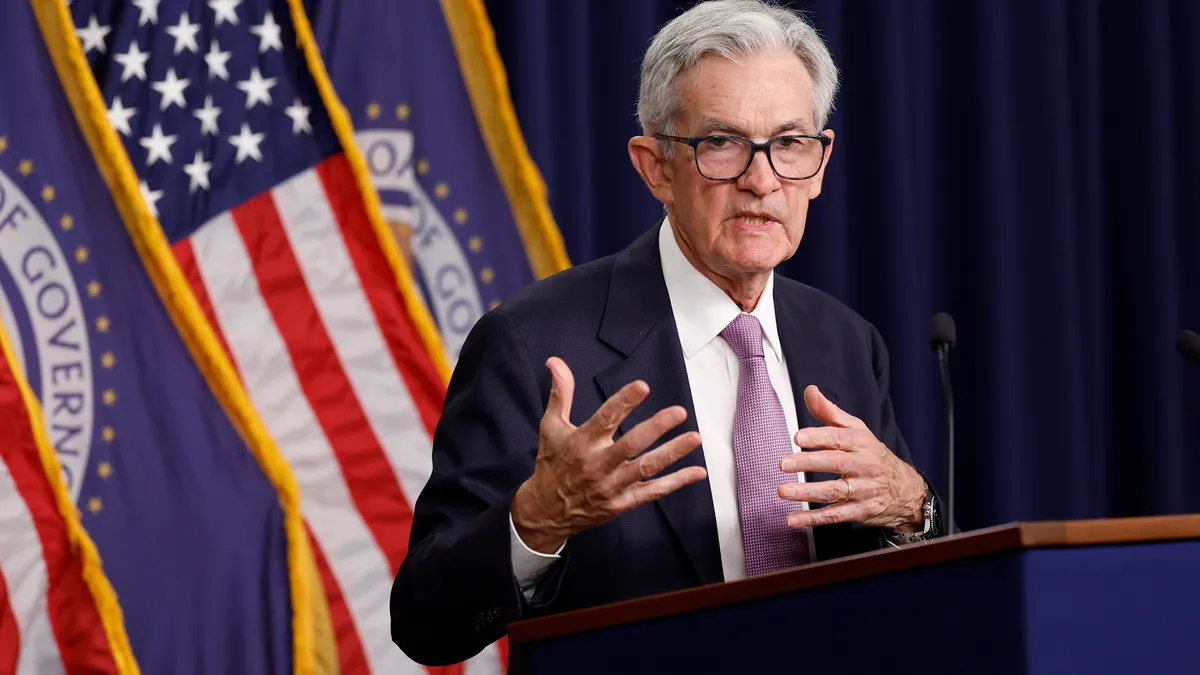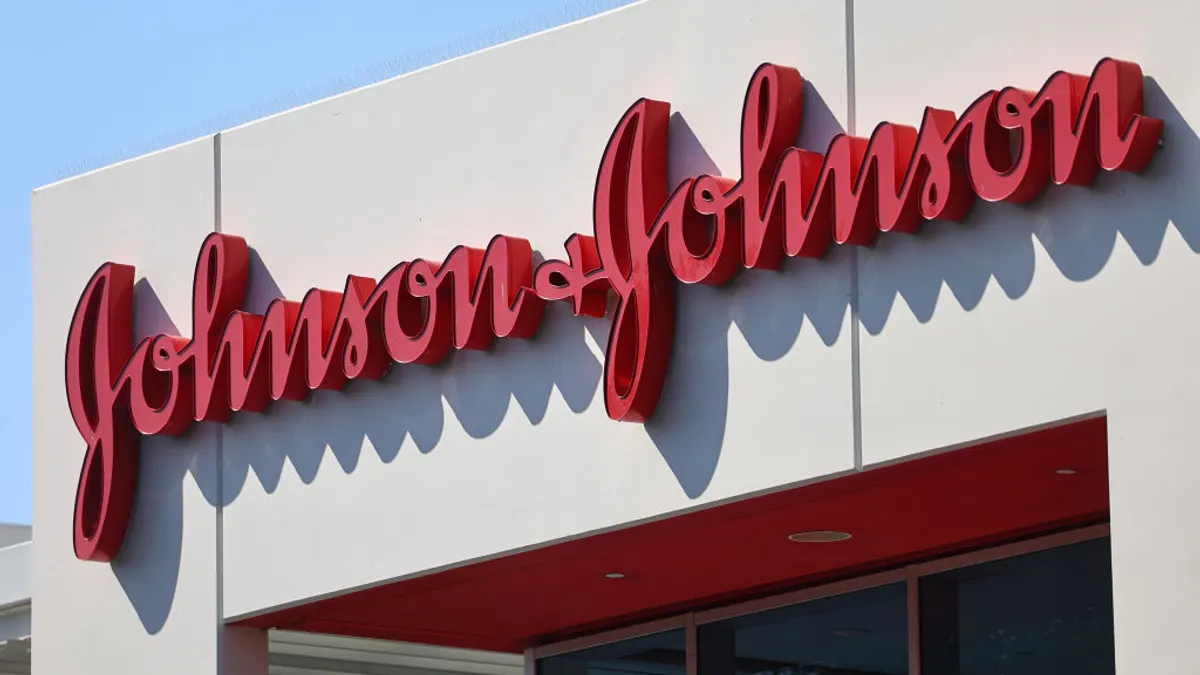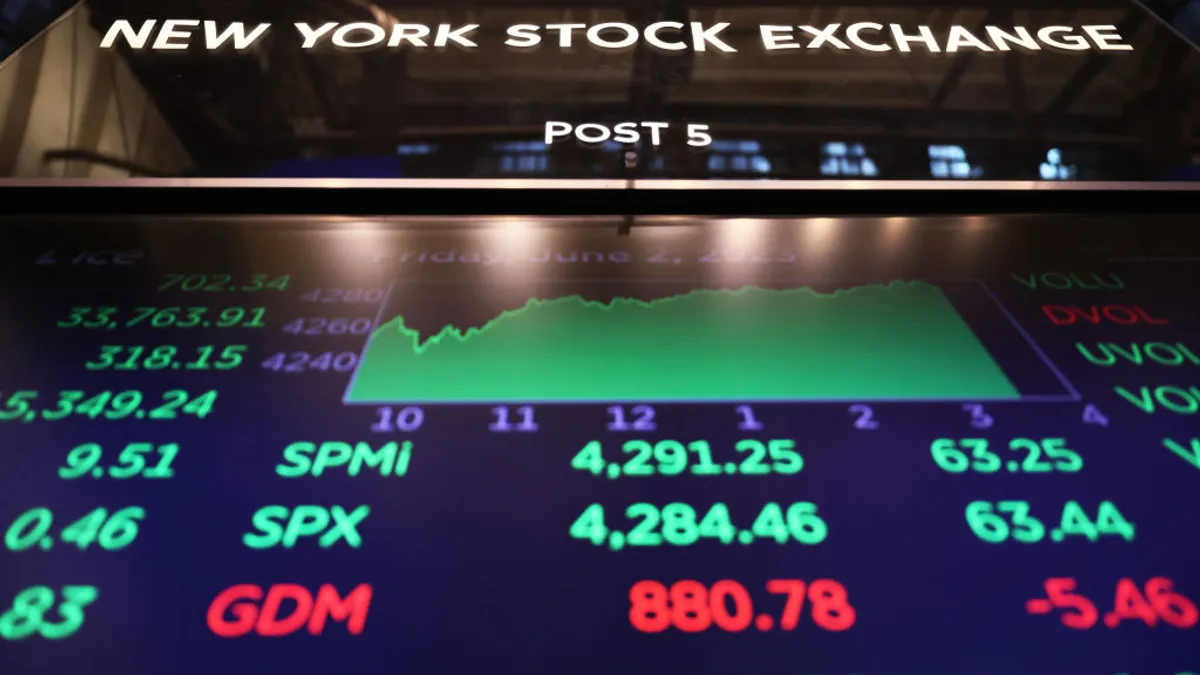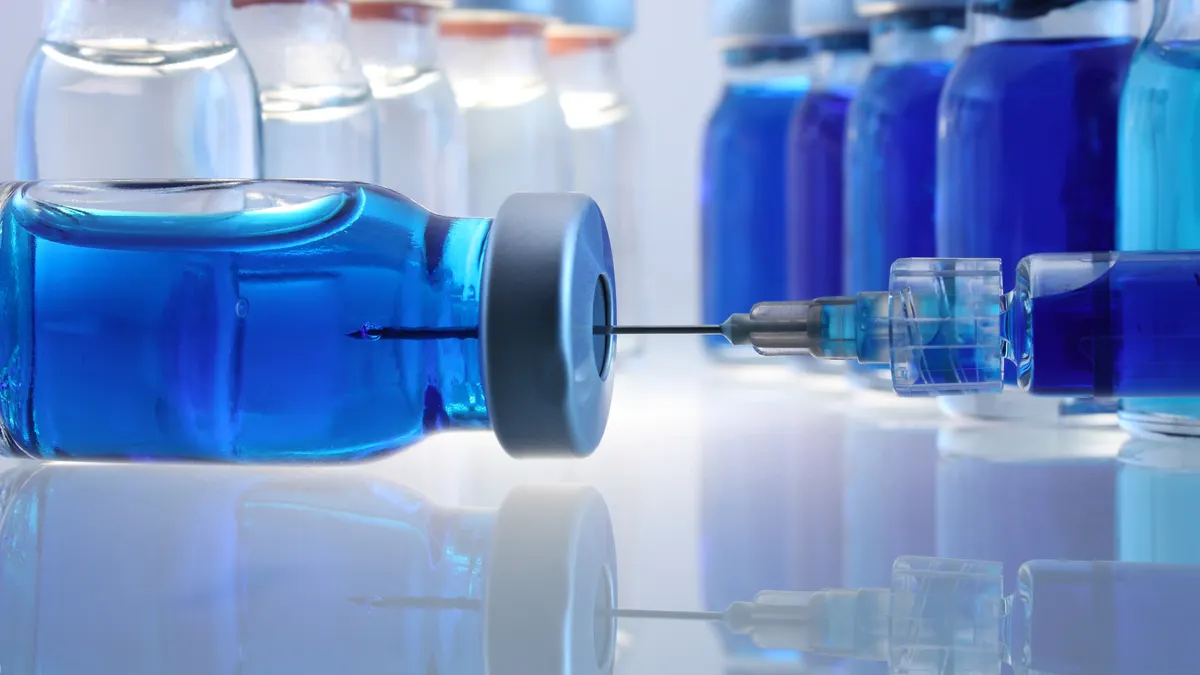The biotechnology sector got what many in the industry expect will be substantial lift Wednesday when the Federal Reserve lowered interest rates for the first time in more than four years.
After a two-day meeting, the Fed cut its benchmark interest rate by half a percentage point. While the Fed’s target, at 4.75% to 5%, remains near 15-year highs, the move could spur investment in biotech companies, which are typically seen as the kind of risky bet investors tend to disfavor when interest rates are elevated.
The decision largely matched Wall Street expectations. Major stock indices, which spiked briefly on the news Wednesday afternoon before trading back, rose by more than 1% Thursday. Two exchange-traded funds known as the XBI and IBB that track biotech industry indices followed a similar pattern.
The cut “will be very positive for the biotech capital markets,” said John Maraganore, the former CEO of Alnylam Pharmaceuticals who is currently an advisor to drug startups. “I expect to see a meaningful strengthening of the biotech tape as interest rates decline.”
Investors and executives interviewed by BioPharma Dive cautioned the Fed’s decision won’t solve all that ails the sector, however. Other macroeconomic potholes, like the U.S. presidential election, still lay ahead. And within the industry, other factors could remain brakes on any stock bounce. Dealmaking involving public companies, which spiked last year and rekindled interest in biotech, has cooled, for instance.
Investors could simply choose to put their money elsewhere, too. “Falling interest rates will clearly be better for riskier segments of the markets like ours,” said Michael Gilman, CEO of Arrakis Therapeutics. “Whether it is indeed ours or some other segment will depend on other factors, internal or external. I guess we’ll see.”
By its nature, biotech is a fraught investing endeavor, with busts more frequent than booms. Drug startups need many years and often hundreds of millions — if not billions — of dollars to invent a new medicine and bring it to market. Financial losses accumulate in the meantime, meaning young companies need investors patient enough to stick with them for a lengthy journey. At the end of the day, most companies still fail.
Investors are more willing to take those risks when interest rates are lower and safer bets yield less return. Conversely, when rates climb, “it’s too expensive to make an investment,” said Christiana Bardon, a co-managing partner of BioImpact Capital and portfolio manager at MPM Capital, in an interview earlier this year.
“We’re really very dependent on interest rates” as a result, she said.
High interest rates have slowed biotech’s emergence from one of the sector’s worst market downturns in years. During the Fed’s recent tightening cycle, funding became harder for both private and public drug companies to raise. Venture financings and initial public offerings slowed, while a retreating biotech market closed off easy opportunities for secondary stock sales for those companies already public. An industry-wide wave of restructurings and layoffs has followed.
Kevin Parker, CEO of startup Cartography Biosciences, refers to the current moment as the industry’s “new normal.” Startups, Cartography among them, are still forming and getting money from venture investors. Some have been able to go public. But everything is “slower, more tempered, and more restricted,” he said.
Analysts and industry insiders expect the Fed’s rate cut to help ease some of those constraints. In the past, rates “have correlated with fund flows into and out of biotech,” meaning lower rates “should hopefully help” bring money back to the sector, said Umer Raffat, an analyst with Evercore ISI.
“Rising interest rates are historically a headwind for our industry, so I think it’s reasonable to expect the wind to shift direction,” said Arrakis CEO Gilman.
As interest rates fall, investors may look more closely at the earlier — and riskier — companies they’ve recently seemed to avoid, said Jeff Jonas, a partner with investment firm Cure Ventures. “When people are nervous, they look for more de-risked assets,” he said. “In this environment, I'm hoping that there'll be more avidity for things that are more innovative.”
Jonas added that declining interest rates have historically lifted biotech valuations, which can make early investments in startups more enticing. “I think you’re going to see investors lean in,” he said.
Parker, of Cartography, said lower rates could also bring “momentum” back into the private markets. Venture firms need more time to raise new funds when rates are high, which in turn translates to a slower rate of new investment. So lower rates could mean more money flows into venture firms and, eventually, their startups.
“While we shouldn't have a 'wild west' of unrestricted capital in the ecosystem, the work that companies do to bring therapeutics to patients requires capital investment, said Parker. “So hopefully the easing of interest rates helps get the investment-exit cycle moving more smoothly.”
Still, the Fed’s new rate trajectory isn’t a cure-all. Rates remain much higher than they were when biotech markets peaked early in the pandemic. The industry is still feeling the after-effects of a record number of IPOs in 2020 and 2021, when too many companies went public too quickly, some in the industry have said.
Investors have been more selective since, leading to a slower-than-average IPO pace over the past three years, BioPharma Dive data show.
The pace of public biotech acquisitions has sputtered, too. Since the start of May, only five public biotechs have been bought in deals with at least $50 million upfront, half the total of the previous four months, according to BioPharma Dive data. Pharma companies appear to be turning to cheaper startups for M&A deals, instead.
Biotech markets are also cyclical — subject to stock swings that are “probably larger than warranted by the facts and often accelerated by sentiment and emotion,” said Gilman, of Arrakis. There’s “FOMO when the market is moving up, fear when it’s moving down,” he said.
“Lower interest rates will most definitely open up risk appetite for investors,” added Chris Garabedian, chairman and CEO of biotech company creator Xontogeny. But “my own view is other macro factors will have a greater influence over private and public investment in biotech.”
Gwendolyn Wu contributed reporting.




















